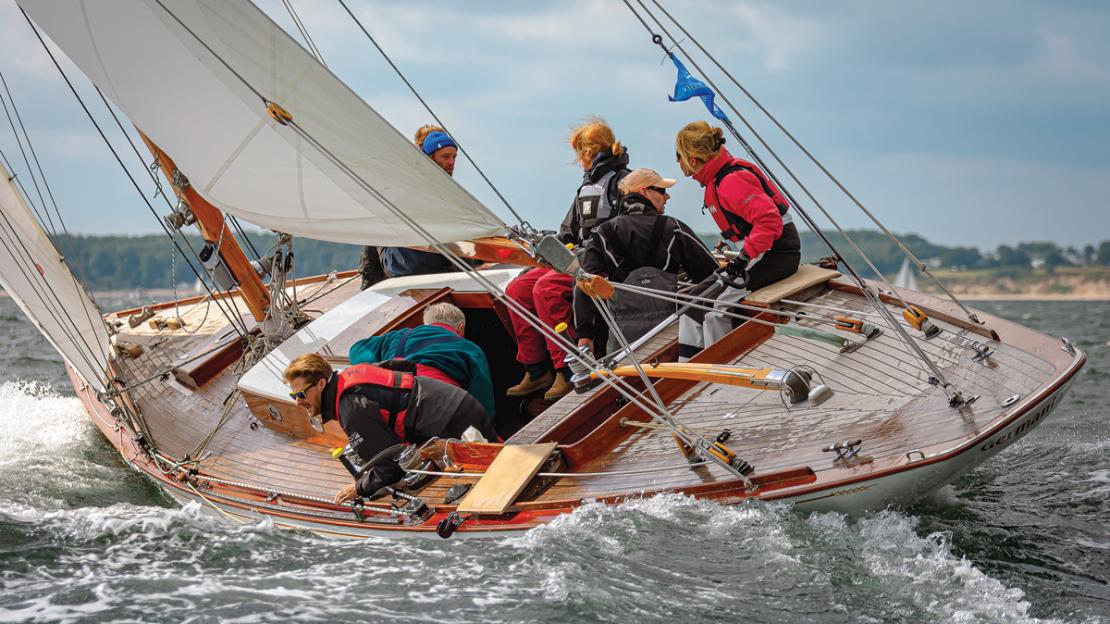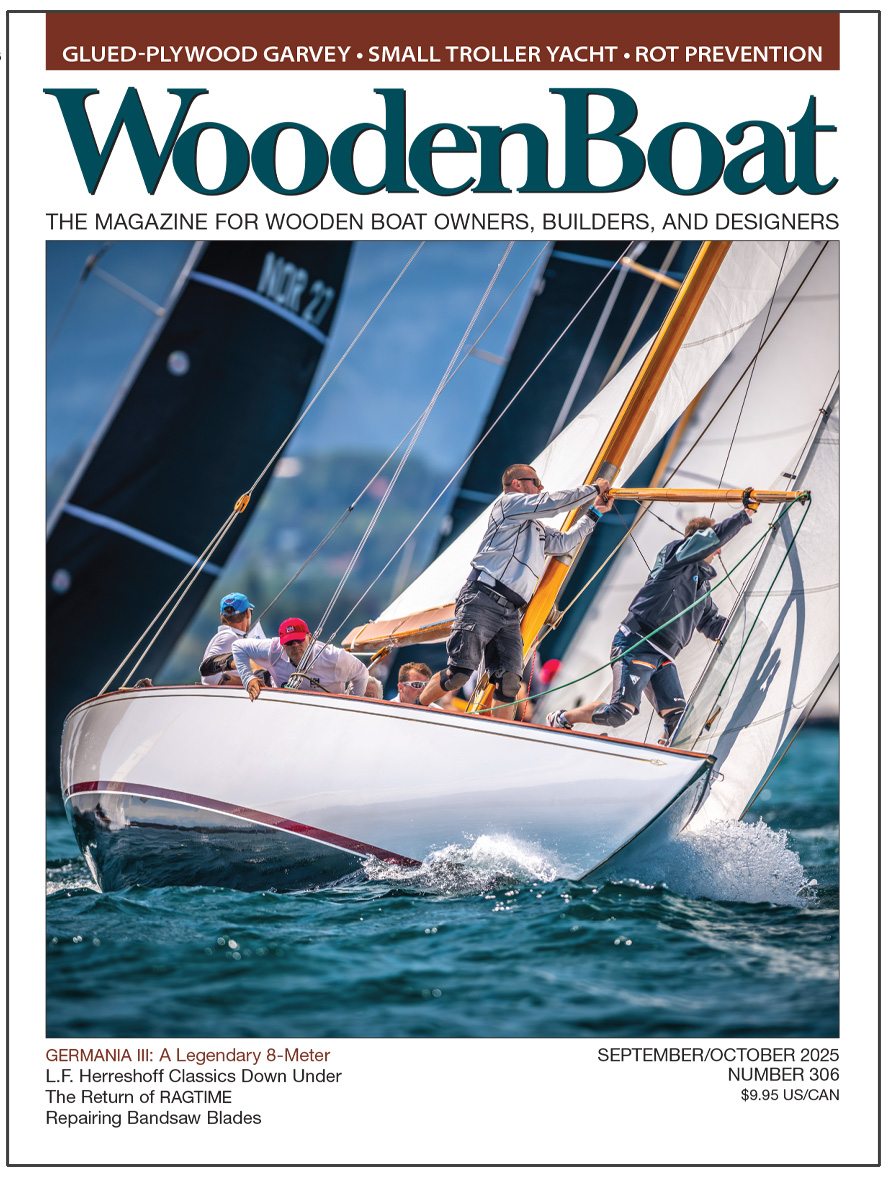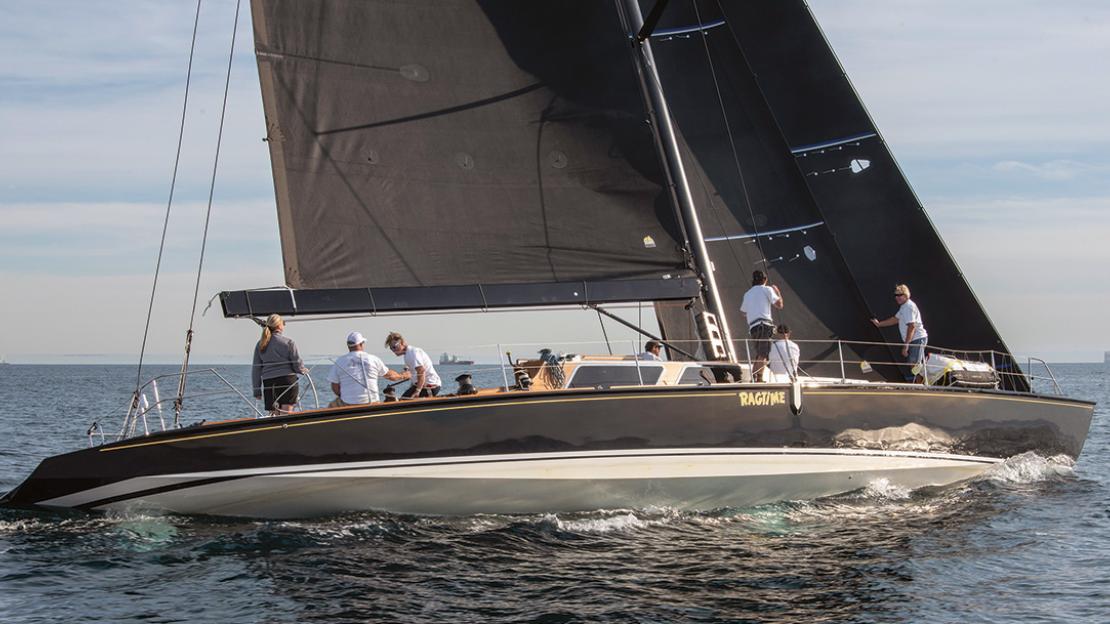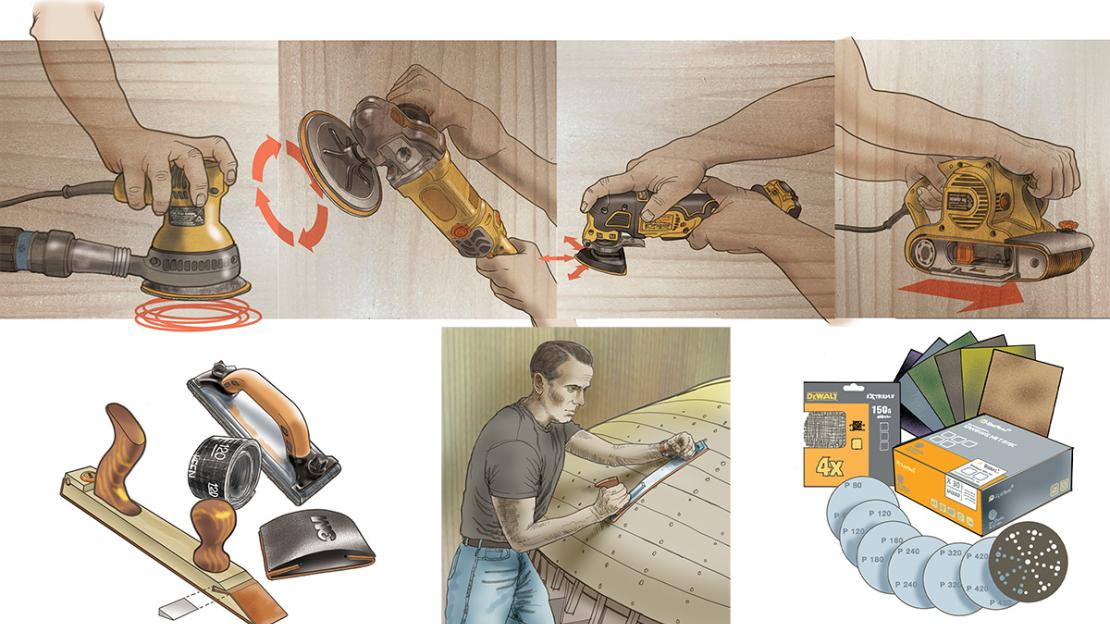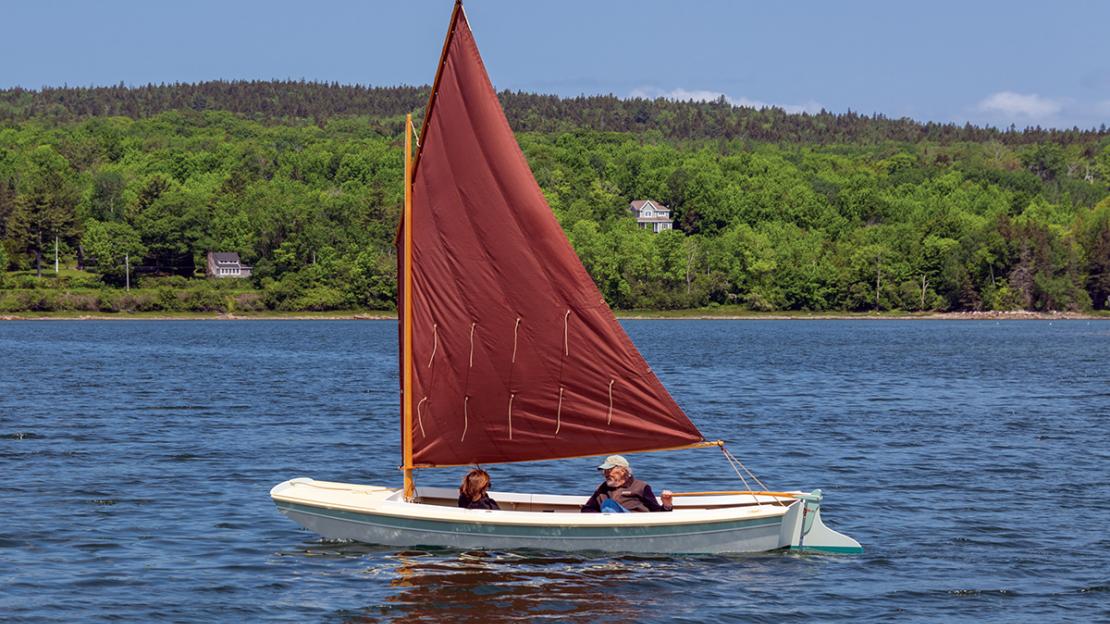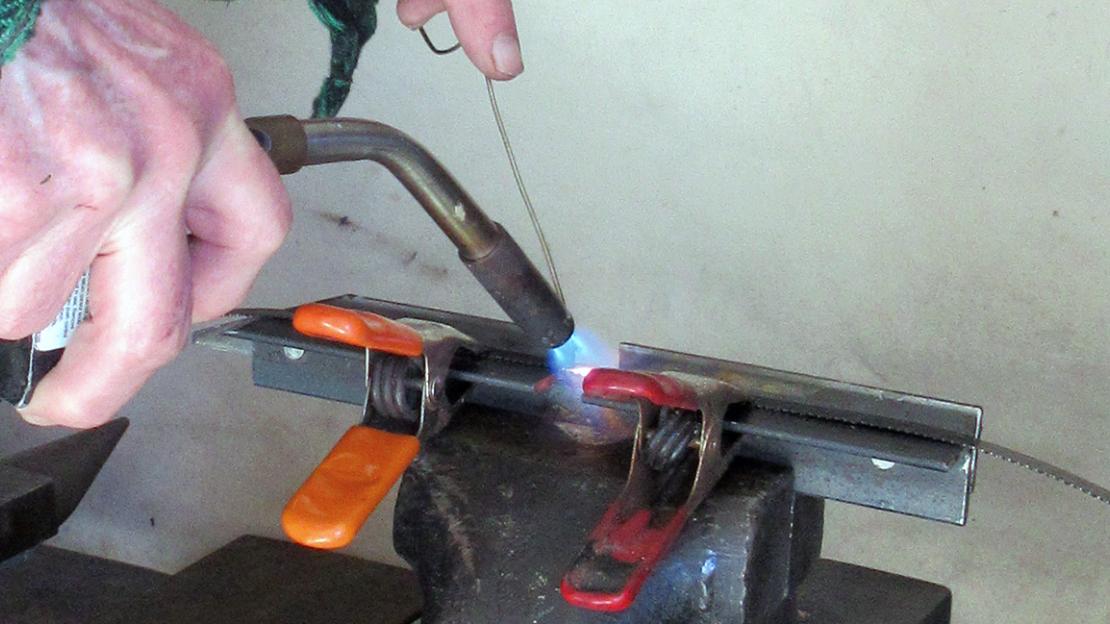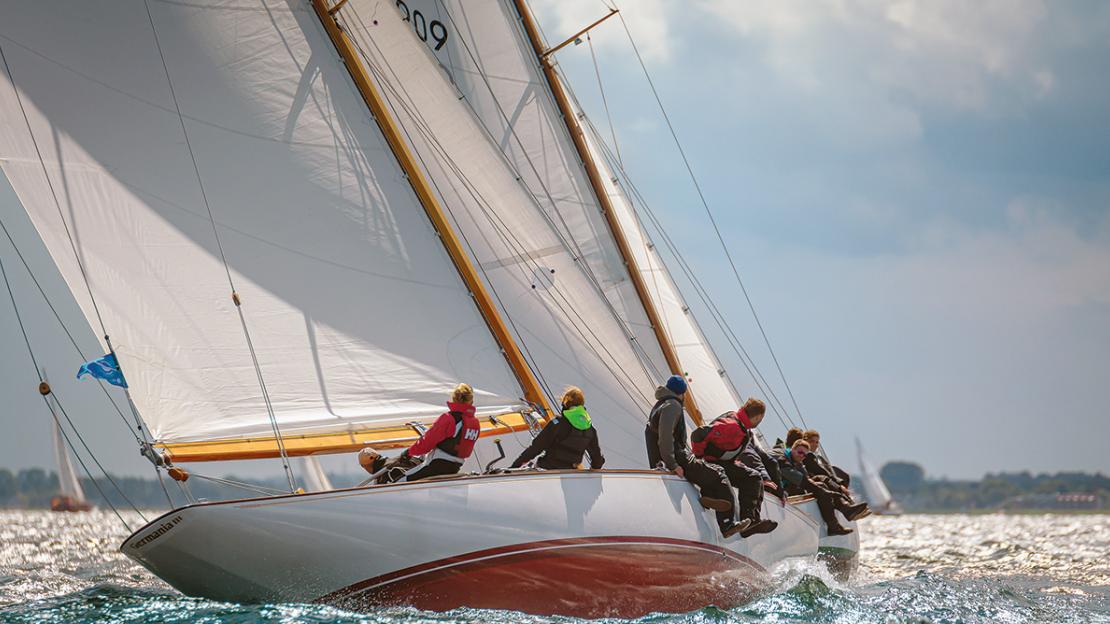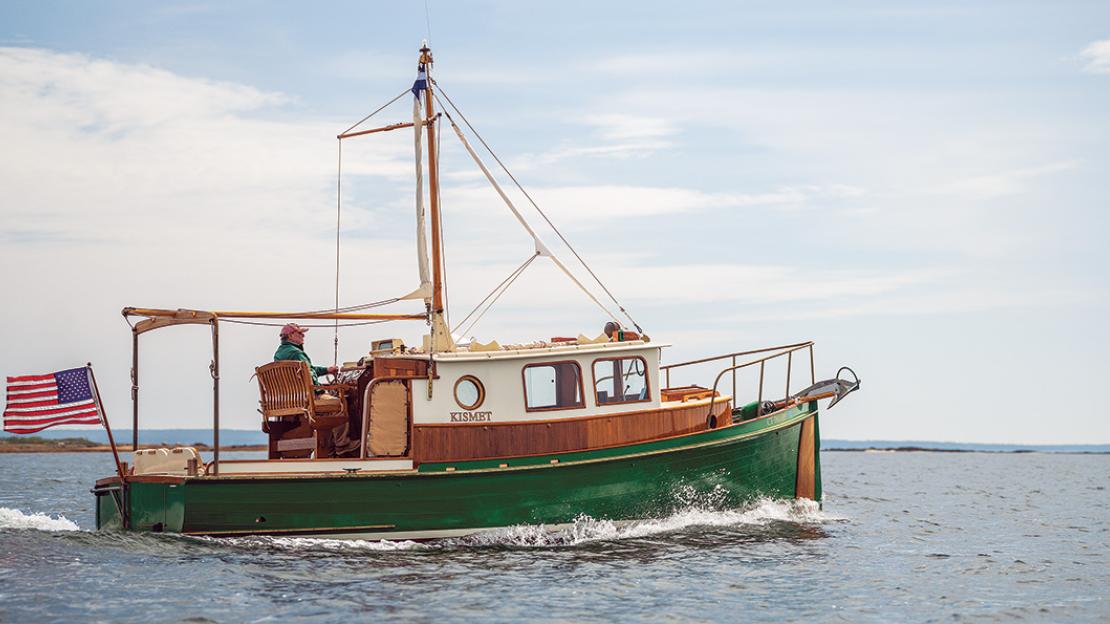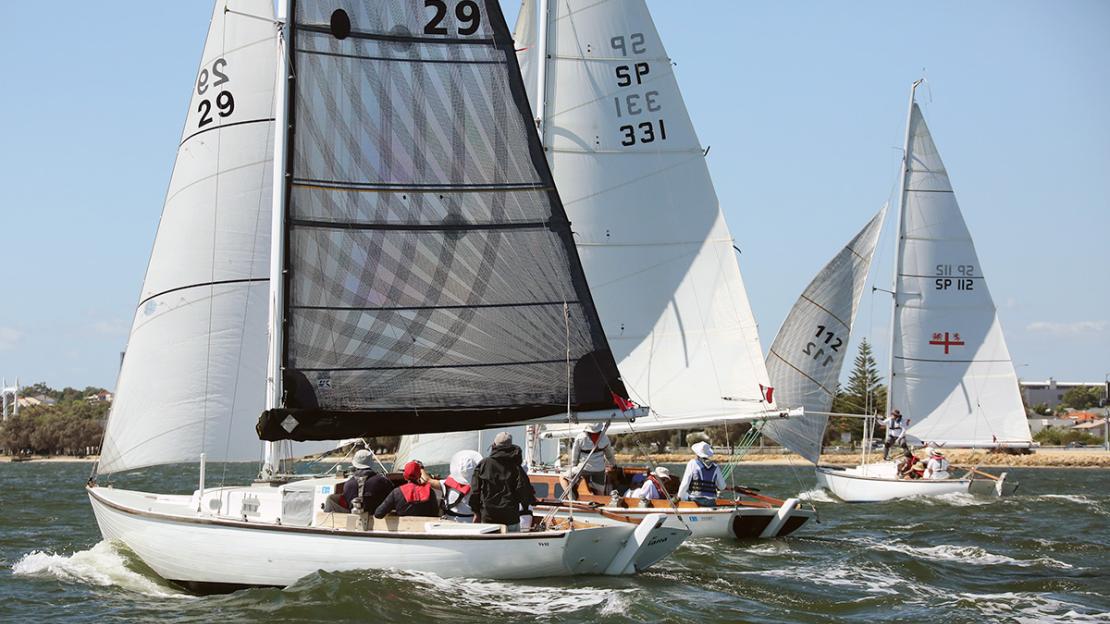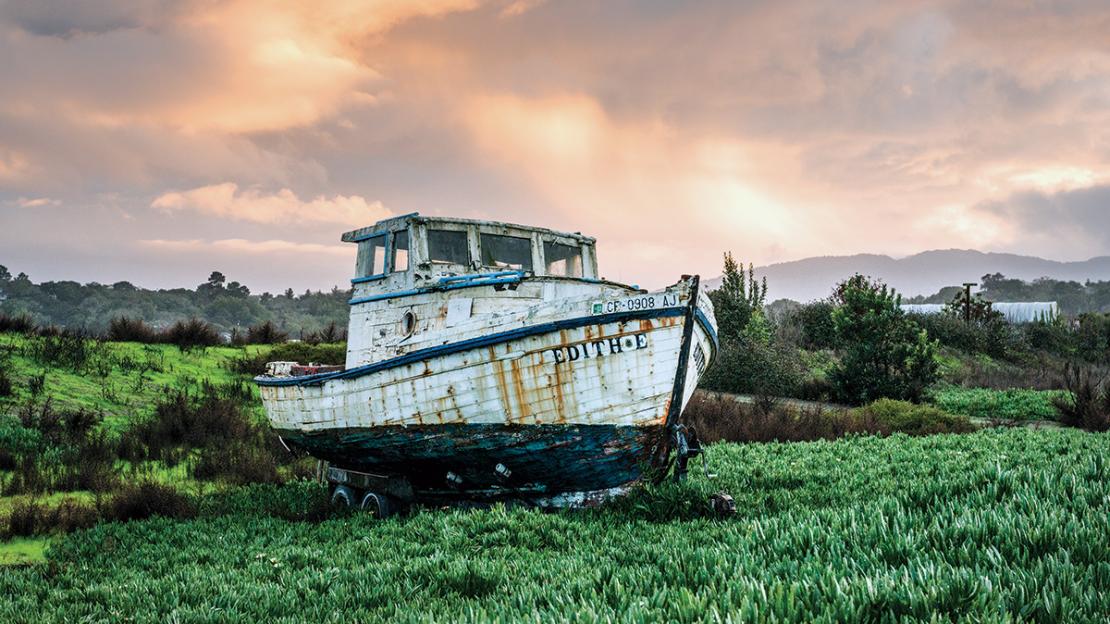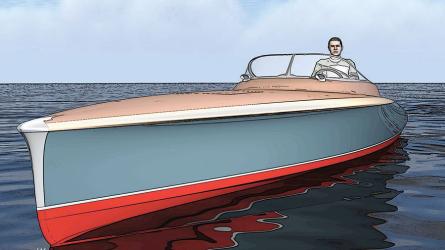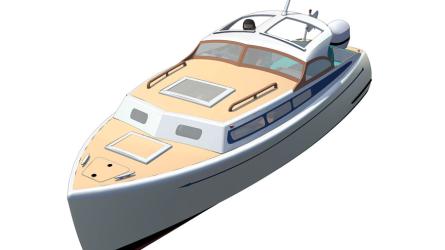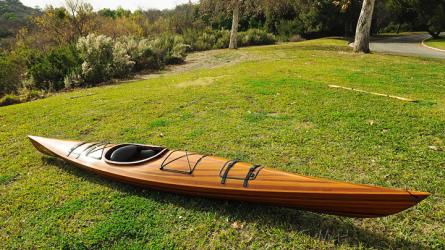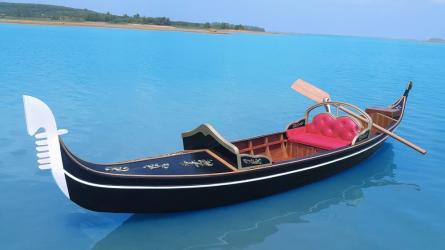All of That, and a Little Bit of Luck
The cover of this issue shows the 8-Meter-class sloop GERMANIA III approaching a windward mark in spirited conditions during the 8-Meter World Cup in Geneva, Switzerland, in 2022. Ninety years ago, she won bronze for Germany in the 1936 Olympics. (The record shows, however, that the weather was much different for the ’36 games, with three days of postponement due to calms, and races sailed in a 3–4 knot breeze.)
Beginning on page 52 of this issue, Michael Sauter relates the story of GERMANIA III’s conception, construction, and survival. As he notes, she was built at the legendary German yard Abeking & Rasmussen during the gathering international storm of the mid-1930s. Her resurrection from the ashes of postwar Germany is truly remarkable, and somehow emblematic of Germany’s postwar decades. Indeed, Abeking & Rasmussen itself came out of those same ashes as a builder of some of the finest and most enduring classic yachts on both sides of the Atlantic, and beyond.
What factors contributed to GERMANIA III’s survival, when so much was lost during those years? First, she had a compelling story and lineage. Abeking & Rasmussen, which is still turning out exceptional yachts to this day, was one of the finest builders of its era. GERMANIA III’s bronze medal (Italy won gold; Norway silver), and subsequent racing performance, added to her legend. And several years as a cruising yacht, during a dip in popularity in 8-Meter racing, no doubt kept her going during a time when she could have been abandoned. As Michael notes, she “could ordinarily be expected to have a short life and be superseded by design innovations and emerging classes. And yet, more than 60 years later,” she was winning races again. As Michael notes in his article, she returned to the winner’s circle when the class regained popularity in the late 1990s: “[T]he 1998 International 8-Meter World Championships in Geneva, Switzerland,” he recalls, “was the largest gathering of the class since the 1936 Olympics.” A handful of boats during the lean years has grown “to some 290 today, with typically more than 20 yachts competing in any single event.”
The same factors that have kept GERMANIA III and other classic 8-Meters going through the decades apply to the fleet of H28s in Perth, Australia, that Nigel Sharp tells us about beginning on page 72. L. Francis Herreshoff introduced this design as a how-to-build on the pages of The Rudder magazine in December 1942. It was meant to be a cruising ketch, with no regard to racing performance. Nigel recalls The Rudder editor Boris Lauer-Leonardi writing “[f]or some time past, readers have been urging us to turn out a small round bottom auxiliary suitable for general coastwise cruising, yet able enough to take dirty weather she might encounter in some of her longer hops in open water.” Despite the cruising imperative, the design resonated with some Australian racing sailors who were avid readers of The Rudder, and 150 set of plans were sold there. A fleet coalesced after the war at the South of Perth Yacht Club in Western Australia, and it still races there to this day.
Just as with the enduring career of GERMANIA III, the long run for these Australian H28s is certainly due to a well-regarded design lineage, a sensible boat that’s fun and rewarding to sail, and the spirited camaraderie brought on by competition. As with any boat that survives and thrives through decades, there might just be a small measure of good fortune, too.

Editor of WoodenBoat Magazine
